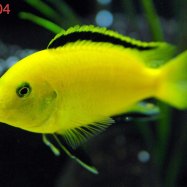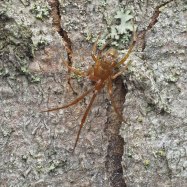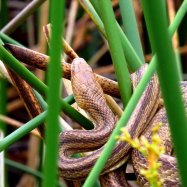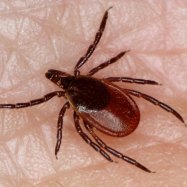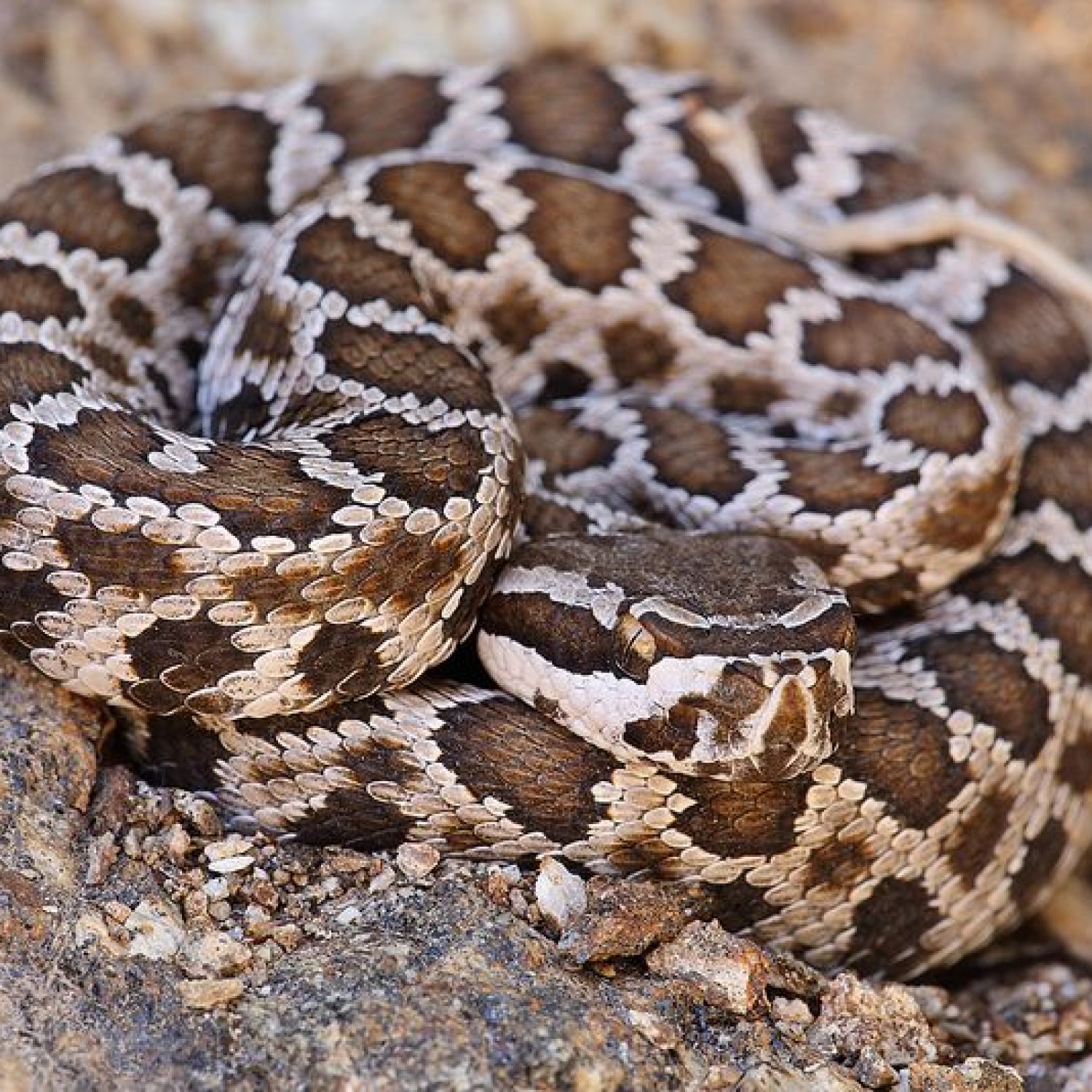
Southern Pacific Rattlesnake
2-5 feet
The Southern Pacific Rattlesnake, found in Arizona, California, Nevada, New Mexico, and Mexico, belongs to the family Viperidae. With a slender and elongated body, they can grow up to 2-5 feet long. Beware of their venomous bite as it can be dangerous to humans, making it important to keep a safe distance when encountering one. Keep an eye out for these beautiful but potentially deadly creatures.
Animal Details Summary:
Common Name: Southern Pacific Rattlesnake
Kingdom: Animalia
Habitat: Desert scrubland, grasslands, woodlands
The Slithering Beauty of the Southern Pacific Rattlesnake
In the vast and varied terrain of the southwestern United States and northwestern Mexico, a creature of significant importance can be found - the Southern Pacific Rattlesnake. This beautiful and fascinating reptile belongs to the Viperidae family and is scientifically known as Crotalus oreganus helleri. Its common name, Southern Pacific Rattlesnake, accurately captures its distinct geographic location and behavior.With its slender and elongated body shape, the Southern Pacific Rattlesnake is a sight to behold Southern Pacific Rattlesnake. Its length ranges from 2 to 5 feet, and it can weigh anywhere from 1 to 6 pounds. Its appearance is a blend of unique features, making it a standout among other snakes. Its coloration varies, but it is usually shades of brown, gray, or olive, with dark crossbands. This coloration allows the snake to blend in with its surroundings, making it a successful hunter.
Found in diverse habitats such as desert scrubland, grasslands, and woodlands, the Southern Pacific Rattlesnake is well-adjusted to its surroundings. It is common to see these snakes basking in the sun on rocky outcrops or in open fields. They also take shelter under rocks, logs, or even in abandoned burrows of other animals. Interestingly, these snakes are not only restricted to their namesake location in the Southwest United States and Northwestern Mexico, but they have also been seen in parts of California and Nevada.
Every aspect of the Southern Pacific Rattlesnake's appearance and behavior has evolved to make it a successful predator Swedish Elkhound. Its feeding method is carnivorous, and it preys on small mammals, birds, and lizards. These snakes primarily use their venom to immobilize their prey, and then they swallow their meal whole. The venom of the Southern Pacific Rattlesnake is strong, and it can cause serious harm to its victim if not treated promptly. This makes it a feared predator in its environment.
Apart from being magnificent predators, the Southern Pacific Rattlesnake plays a vital role in maintaining the balance of ecosystems. As predators, they control the population of small mammals, which in turn prevents overgrazing and damage to vegetation. This allows for a healthy ecosystem and supports the survival of other species.
Despite their fearful reputation, Southern Pacific Rattlesnakes are not typically aggressive towards humans. They usually only bite when provoked or threatened. However, their venom can cause significant harm, and it is essential to give these snakes their space and respect their habitats.
Southern Pacific Rattlesnakes have unique reproductive behaviors that are worth mentioning. Breeding occurs in the spring, and females give birth to live young in late summer or early fall. The gestation period varies from 3 to 5 months, and the number of offspring can range from 4 to 12. Interestingly, these snakes exhibit a form of parental care, with the female remaining close to her young for several days after giving birth. This behavior is uncommon among reptiles and adds to the mystique of the Southern Pacific Rattlesnake.
The evolution of the Southern Pacific Rattlesnake has been shaped by its geographic location and environment. Its physical and behavioral adaptations make it a formidable predator, and its crucial role in maintaining healthy ecosystems cannot be underestimated. However, one of the biggest threats to this reptile's survival is habitat loss. As the human population expands, and development continues to encroach on its habitats, these snakes are losing their homes. It is essential that conservation efforts are put in place to protect this magnificent species and preserve its role in the ecosystem.
In conclusion, the Southern Pacific Rattlesnake is a marvel of the natural world. Its distinct features, unique behaviors, and important role in its environment make it a species worth celebrating. The next time you encounter one of these magnificent creatures, remember to appreciate its beauty from a safe distance and to respect its role in maintaining the delicate balance of our ecosystem. May we continue to coexist with these slithering beauties for generations to come.

Southern Pacific Rattlesnake
Animal Details Southern Pacific Rattlesnake - Scientific Name: Crotalus oreganus helleri
- Category: Animals S
- Scientific Name: Crotalus oreganus helleri
- Common Name: Southern Pacific Rattlesnake
- Kingdom: Animalia
- Phylum: Chordata
- Class: Reptilia
- Order: Squamata
- Family: Viperidae
- Habitat: Desert scrubland, grasslands, woodlands
- Feeding Method: Carnivorous
- Geographical Distribution: Southwestern United States and northwestern Mexico
- Country of Origin: United States
- Location: Arizona, California, Nevada, New Mexico, and Mexico
- Animal Coloration: Varies, typically shades of brown, gray or olive, with dark crossbands
- Body Shape: Slender and elongated
- Length: 2-5 feet
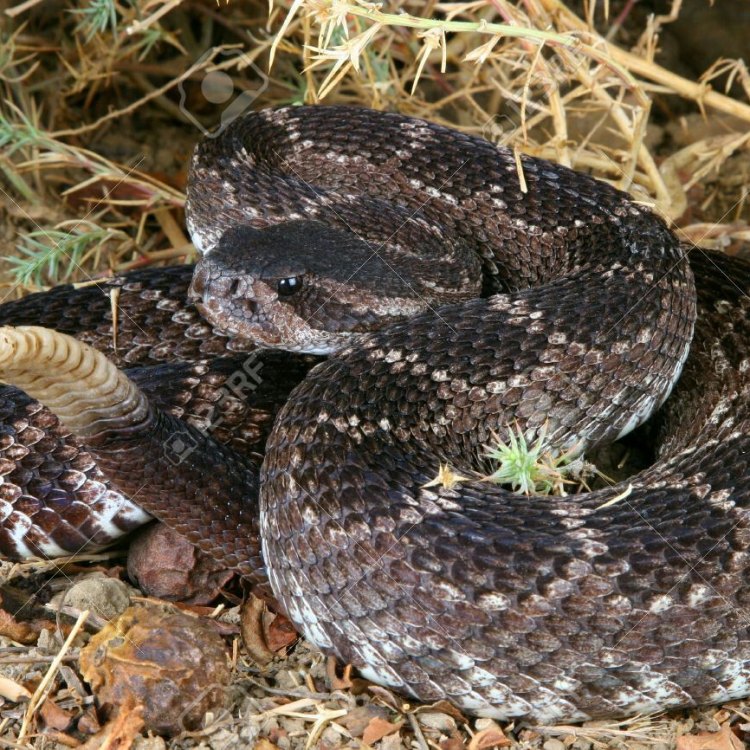
Southern Pacific Rattlesnake
- Adult Size: Medium-sized rattlesnake
- Average Lifespan: 10-20 years
- Reproduction: Sexual
- Reproductive Behavior: Mating occurs in the spring, and females give birth to live young
- Sound or Call: Rattlesnake rattling sound
- Migration Pattern: No regular migration pattern
- Social Groups: Solitary, except during mating season
- Behavior: Usually shy and tries to avoid humans, but will defend itself if threatened
- Threats: Habitat loss, road mortality, intentional killing
- Conservation Status: Least Concern
- Impact on Ecosystem: Plays a role in controlling rodent populations
- Human Use: Venom is used for medicinal purposes and in research
- Distinctive Features: Triangular-shaped head, rattling tail
- Interesting Facts: The Southern Pacific Rattlesnake is the most common rattlesnake species found in southern California
- Predator: Birds of prey, larger snakes
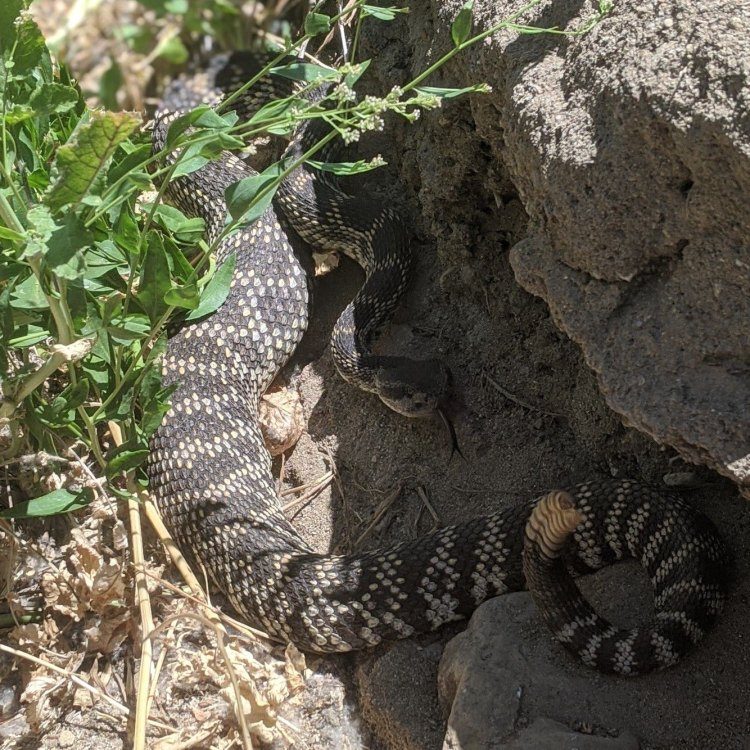
Crotalus oreganus helleri
The Fascinating Southern Pacific Rattlesnake: A Master of Survival
The Southern Pacific Rattlesnake, also known as the Western Rattlesnake or the San Diego Rattlesnake, is a striking and fascinating species of snake found in the southwestern United States and Baja California. It is the most common rattlesnake species in southern California, and its distinctive features and survival tactics make it a remarkable creature to study and admire.This medium-sized rattlesnake can grow to an average length of 3-4 feet, making it one of the smaller rattlesnake species. Despite its smaller size, it is still a formidable predator, with its venom capable of taking down small rodents and other prey PeaceOfAnimals.Com.
The average lifespan of a Southern Pacific Rattlesnake is between 10-20 years, depending on various factors such as habitat, food availability, and threats.
Reproduction and Reproductive Behavior
As with most rattlesnake species, the Southern Pacific Rattlesnake follows a sexual reproductive behavior. Mating occurs in the spring, with females giving birth to live young in late summer or early fall. The female will carry her young inside her body until they are fully developed, and then they are born live, as opposed to hatching from eggs like other reptiles.During mating season, male rattlesnakes will engage in combat to win over a female. This ritual involves the males intertwining their bodies and pushing each other, with the stronger and more dominant male coming out on top.
The Rattlesnake Rattling Sound
One of the most distinctive features of the Southern Pacific Rattlesnake is its rattling sound, made by shaking its tail. This iconic sound serves as a warning to potential predators or intruders, giving them a chance to back away and avoid confrontation. Each time the snake sheds its skin, a new rattle segment is added, and the sound becomes louder and more prominent Senepol Cattle.Interestingly, the rattlesnake’s rattle is made of hollow keratin segments, similar to human fingernails. This is why, as the snake grows, the rattle becomes longer and adds more segments.
No Regular Migration Pattern
Unlike some other animal species, the Southern Pacific Rattlesnake does not follow a regular migration pattern. They are known to move around within their home range, looking for food and suitable habitats. However, they typically do not migrate long distances.Solitary Social Groups
Southern Pacific Rattlesnakes are solitary creatures, except during the mating season. They prefer to hunt and live alone, without the help or companionship of others. However, during spring, when it’s time to find a mate, they will come together in groups.After mating, the female will go off on her own to give birth and care for her offspring, while the male returns to his solitary lifestyle. This behavior is usually seen in reptiles, as they do not have the parental instincts commonly found in mammals.
Shy and Non-Confrontational Behavior
Despite their intimidating appearance and potentially deadly venom, Southern Pacific Rattlesnakes are usually shy and try to avoid confrontation with humans. They will typically flee when they sense human presence, as they do not see humans as prey.However, if they feel threatened or cornered, they will defend themselves by striking and injecting venom. It is crucial for humans to respect their space and avoid provoking them, as most instances of snakebites occur when people try to handle or harm the snake.
Threats and Conservation Status
Like many animal species, the Southern Pacific Rattlesnake is facing various threats to its survival. Habitat loss and fragmentation due to human development and urbanization are major concerns for their population. They also face threats from road mortality, as many are killed while trying to cross roads.Intentional killing is another major threat to rattlesnakes, as many people fear them and mistakenly believe that killing them is the best way to protect themselves and their families.
Despite these threats, the Southern Pacific Rattlesnake is currently listed as Least Concern on the IUCN Red List. While they are still common in their native range, it is essential to take measures to protect and conserve their habitats to ensure their survival in the future.
Impact on Ecosystems
As with any predator, the Southern Pacific Rattlesnake plays a crucial role in controlling rodent populations in its habitat. Small rodents such as rats and mice are a significant source of food for these snakes, and without their presence, these rodent populations could grow out of control, leading to ecological imbalances.Rattlesnakes also prey on other small animals like lizards, birds, and even other snakes, serving as a natural regulator in the ecosystem. This makes them an essential part of their native habitats, and their disappearance could have a significant impact on the surrounding wildlife.
Human Use and Distinctive Features
The venom of the Southern Pacific Rattlesnake has been used for medicinal purposes and research. Its venom contains a protein called crotoxin, which has been studied for its potential use in treating certain medical conditions, including cancer.One of the most distinctive features of the Southern Pacific Rattlesnake is its triangular-shaped head, which is typical of all rattlesnake species. This head shape allows them to strike quickly and effectively when attacking prey or defending themselves.
Another characteristic feature is their iconic rattling tail, which serves as a warning to potential predators and humans. However, not all rattlesnakes have this feature, as some may lose their rattle segments due to old age or damage. Therefore, it is still essential to be cautious when encountering a rattlesnake, even if its tail is silent.
Interesting Facts
The Southern Pacific Rattlesnake is a fascinating creature with many interesting facts and quirks. Here are some additional facts that make this species even more intriguing:- They are ovoviviparous, meaning the eggs are incubated and hatched inside the female’s body before birth.
- They can detect the body heat of their prey, using specialized pits on their face called pit organs.
- Rattlesnakes do not have eyelids and cannot blink, so they use a transparent layer over their eyes to protect them.
- They have a specialized fang delivery system that allows them to control venom delivery precisely.
- The largest recorded Southern Pacific Rattlesnake measured 5 feet 9 inches in length.
- They are excellent swimmers and can cross bodies of water to reach new habitats or escape danger.
Predators of the Southern Pacific Rattlesnake
Like all animals, the Southern Pacific Rattlesnake also has its own predators. Birds of prey, such as hawks and eagles, are known to hunt and prey on rattlesnakes. They have keen eyesight and can spot the snakes from above, giving them an advantage in catching them.Larger snakes, such as king snakes and gopher snakes, are also known to prey on rattlesnakes. They are immune to their venom and pose a significant threat to these predators.
In Conclusion
The Southern Pacific Rattlesnake is a remarkable and resilient species, perfectly adapted to survive in its native habitats. While they may inspire fear and trepidation in humans, it is essential to understand and appreciate their vital role in the ecosystem.By learning more about these fascinating creatures, we can gain a deeper understanding of how to coexist with them and work towards their conservation. With proper education and awareness, we can ensure the continued survival of the Southern Pacific Rattlesnake for generations to come.
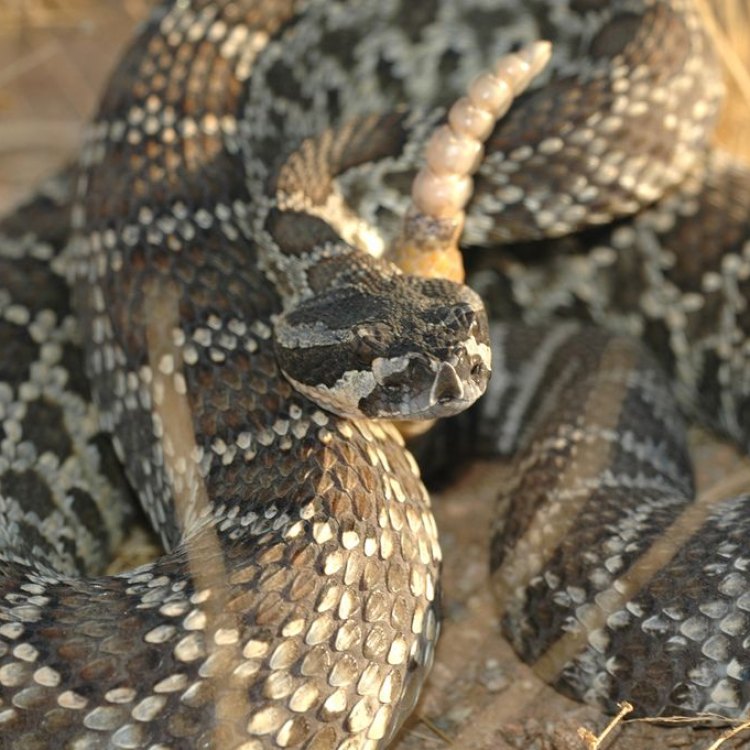
The Slithering Beauty of the Southern Pacific Rattlesnake
Disclaimer: The content provided is for informational purposes only. We cannot guarantee the accuracy of the information on this page 100%. All information provided here may change without prior notice.




